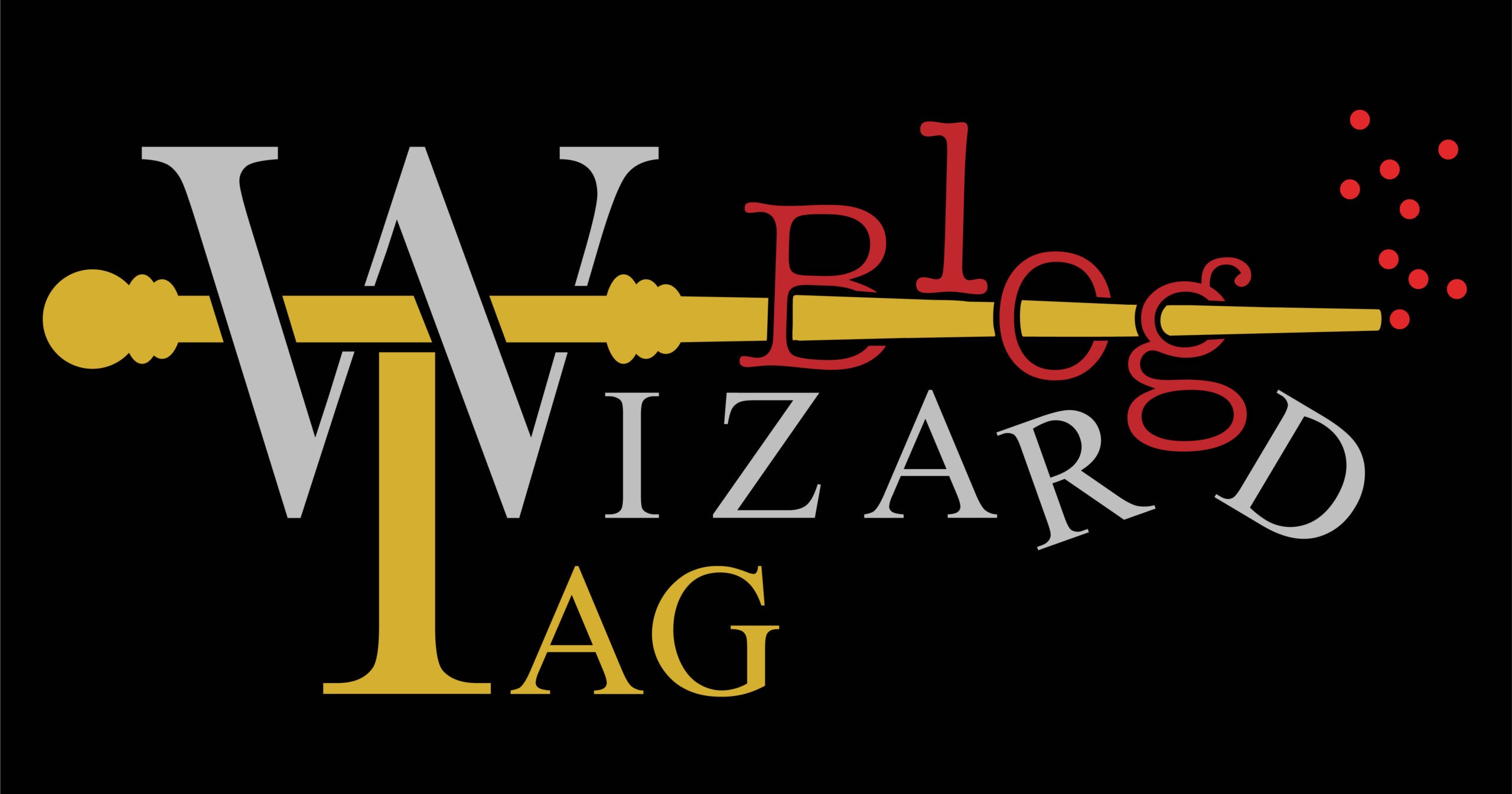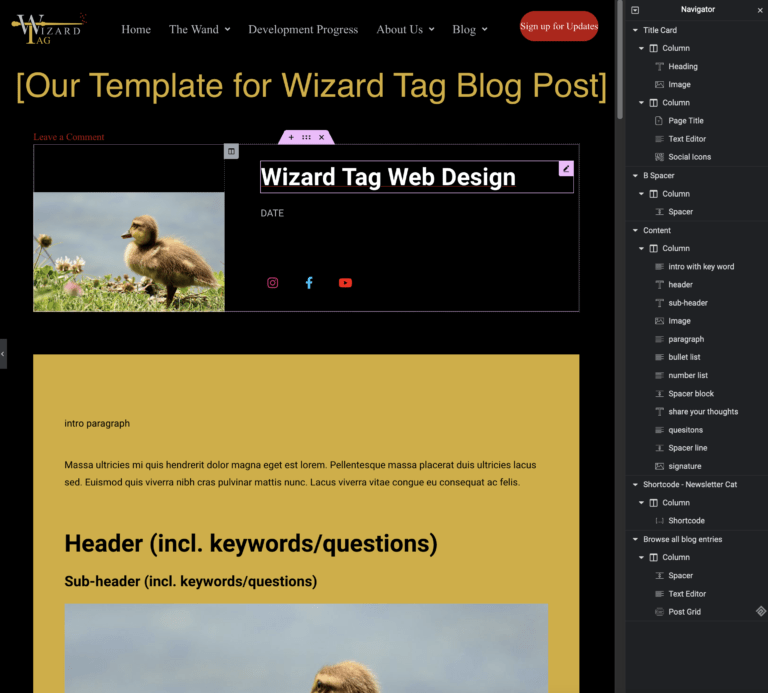Wizard Tag

Manufacturing a product isn’t something the everyday person will have knowledge of, and if they do, it’s probably not to the extent required to create the best product possible.
What method will you use to mass produce? What materials? Plastic, what kind of plastic and additives are best suited for the use of the product? What is the flow rate of that material? How many spouts in the tool? Where should the spouts be from a cosmetics perspective?
When we began looking into the finer details of the manufacturing process, these questions were just the tip of the iceberg. We considered as many details as possible (and we’re still figuring additional details out as we go), and with this information, we crafted a Statement of Work (SoW) for the Wand.
Optimizing our Design for Manufacturing
Where to find the experts?
- Design Engineers
- Plastics Providers
- Tooling for Injection Molding
- Packaging & Fulfillment
We attended the Minneapolis Manufacturing trade show and made a variety of contacts for the various stages of the manufacturing process.
We tapped into the contacts we made at the trade show, and after a few consultations, we found the design engineer to work with us on finalizing the Wand’s design.
How to optimize our design for manufacturing.
Our goal was to take the smooth shapes of the case from our existing Computer Aided Design (CAD) files and modify the surfaces with different textures and shapes. This requires artistic skills with 3D CAD programs.
Any surface texturing has to be designed for manufacturing. It has to be possible to make a mold based on the shape in the CAD drawing. When revising the CAD drawing, the engineer needs to take into account impossible overhangs, parts that are too thin or too thick, where to inject the materials into the mold, and insufficient draft angles.
Ensuring that a part can be mass-produced with an injection molding process is called Design for Manufacture (DFM).
Some problems can be overcome with more complicated (or costly) solutions, such as two-shot molds, and overmolding. Other problems just have to be fixed. For example, a part that is too thick will cool at different rates than thinner parts and can create issues with non-standard shrinkage. If parts do not have enough draft built-in, they can be difficult or impossible to remove from the mold.
Design for Manufacture is critical for us so that our case enclosing the electronic components of the wand not only looks good, but is possible to make in large numbers.
Shortly before New Year’s we selected a design engineer that will not only provide solutions for DFM of our wand, but will help make the wand look unique and magical!

Want more Wizard Tag updates?
Follow our Progress as we create Laser Tag for Wizards!
#makingmagicreal
Browse the Latest Blogs:

Game Review: The Vale of Eternity
- 6 min read
- Date: May 12, 2024

Game Night: Root
- 4 min read
- Date: May 5, 2024

Wizard Tag Web Design
- 4 min read
- Date: April 28, 2024